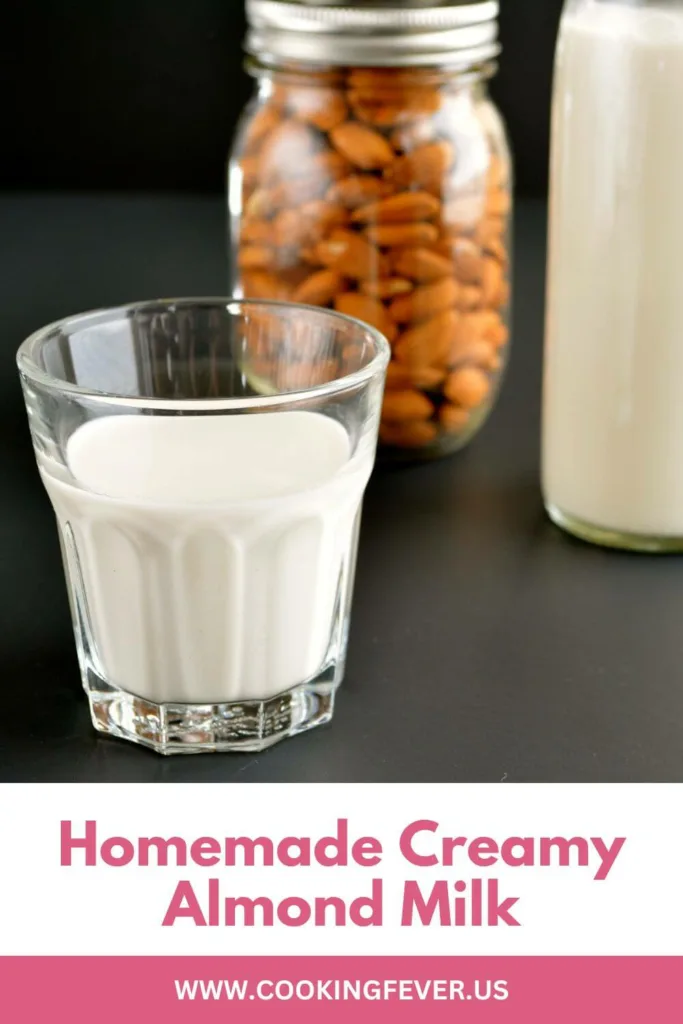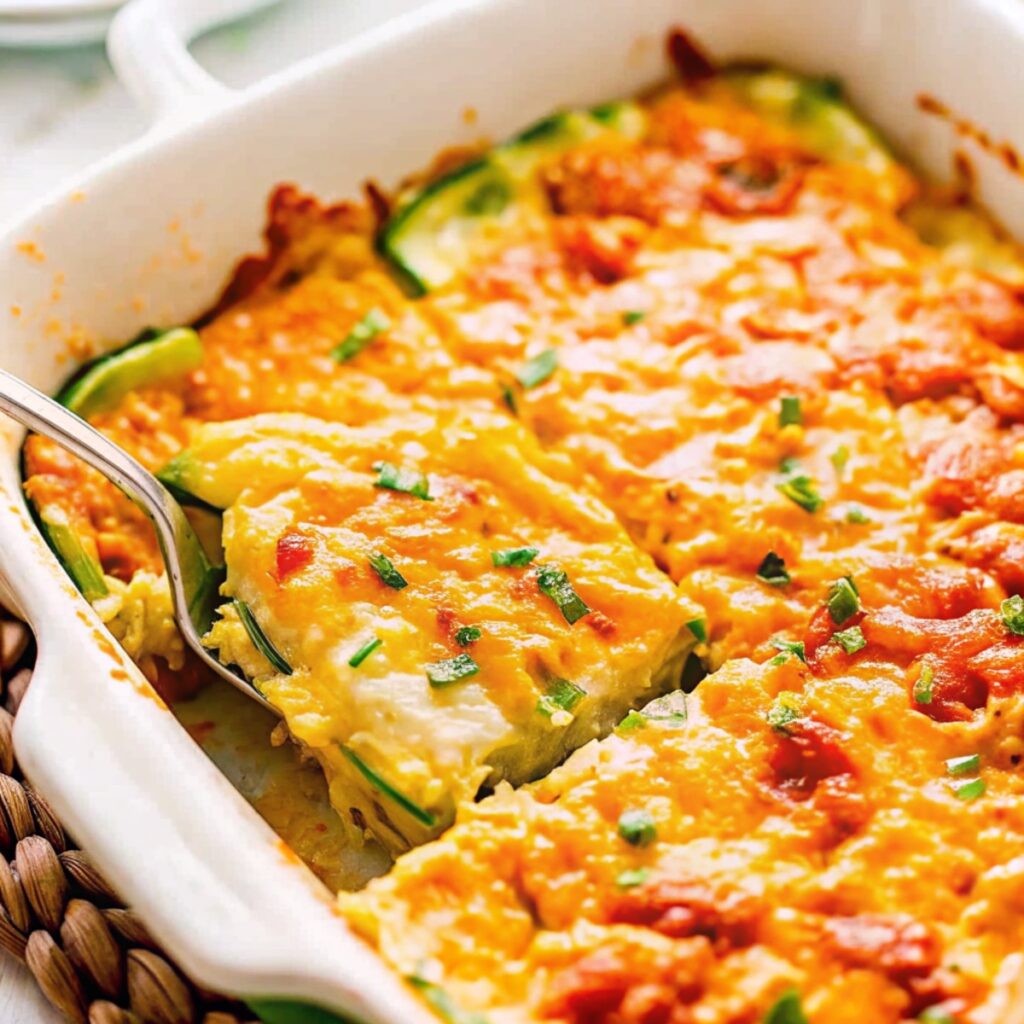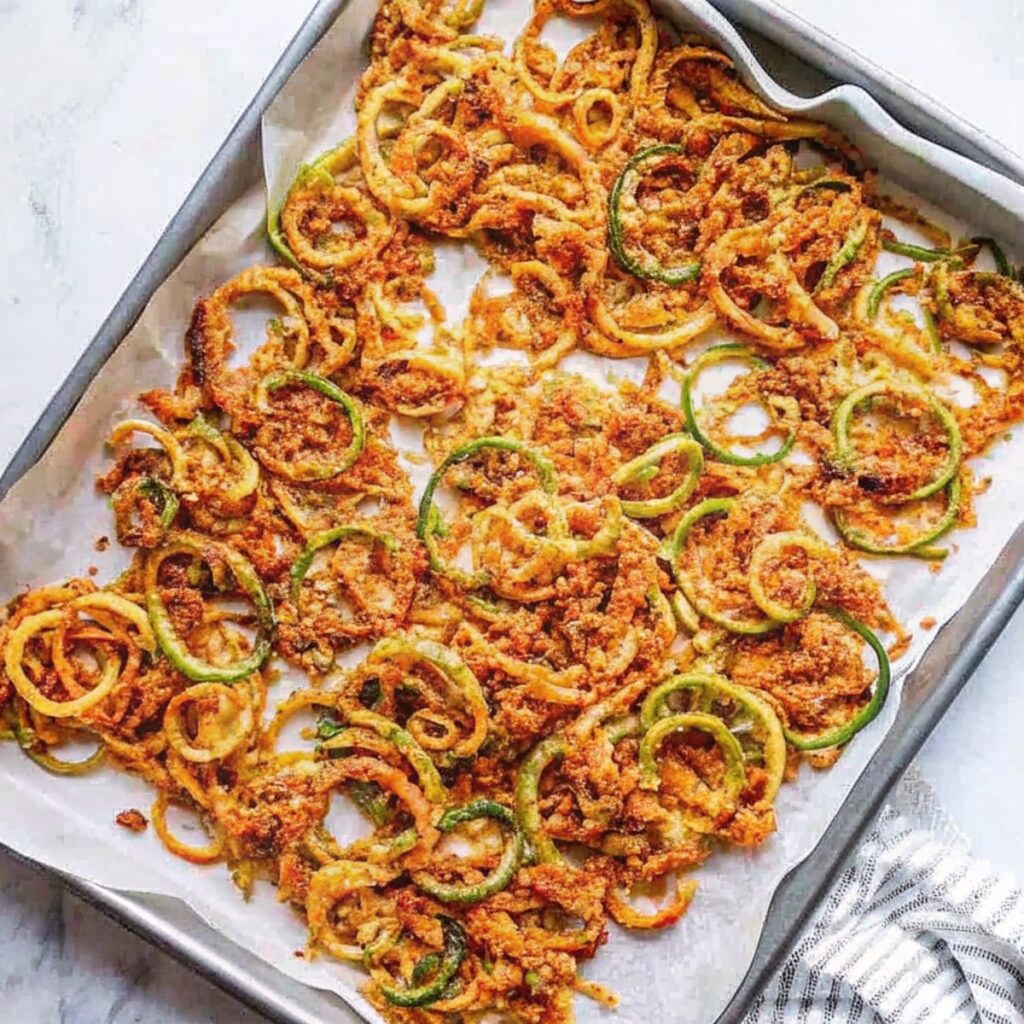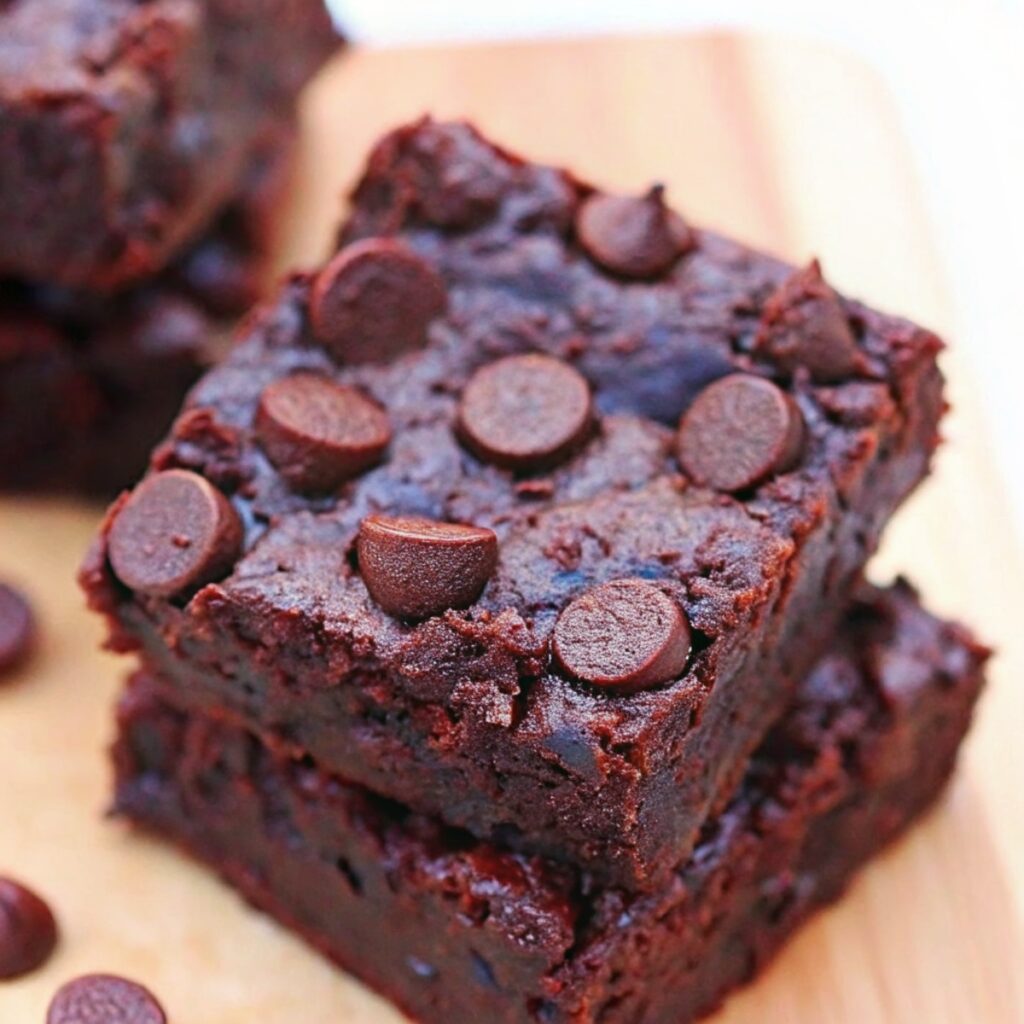Making homemade almond milk has been on my “things-I-want-to-try-when-I-have-the-time” list forever. I finally got around to making time for this project over the weekend and I wish I had not waited so long – so simple and so tasty!
Jaime (Ms. registered-dietitian-and-thorough-food-and-nutrition-researcher) had advised me that it is basically impossible to find store-bought dairy and dairy-alternatives that do not contain Carrageenan (a seaweed derivative used as a stabilizer and thickener in foods that is a potential carcinogen and known to cause gastrointestinal issues) as well as other additives, sugars, and artificial yuck that you don’t really want in your basic milk. Seriously. The next time you grocery shop, look at the label of any of the boxed “milks” and you will see a lengthy list of ingredients.
Cow’s milk and I are not friends. I have always hated drinking the stuff and it causes health issues for me. Honestly, I don’t really like milk of any kind as a beverage. The thought of drinking it straight gives me the hebejeebies. I do find that I need it for cooking, baking, and adding to beverages though, so avoiding it completely isn’t an option. Almond milk is one of my favorite dairy-alternatives and I had always heard it was simple to make. And get this? It only contains two ingredients: almonds and water!
Almond milk is a great option for those who follow a vegan diet or have difficulty digesting lactose. Even if you love the cow, almond milk is worth a shot as it contains some wonderful health benefits. Almond milk is high in vitamins and minerals, contains protein and omega-3 fatty acids, is easy to digest, and reduces inflammation in the body.
The result of “project homemade almond milk” was delicious! You can actually taste the flavor of almond, which I never taste in the store-bought versions. The flavor is fresh and subtle and the texture is divine – so unlike the boxed variety. I soaked my almonds for two nights to give it a creamier consistency (more like a 2% milk). I love the idea of adding natural sweetener to use as a coffee creamer or in smoothies and plan to play around with that, but for my first attempt I wanted a pure version to use for cooking later in the week.
My husband loved it, so I will be creating some fun concoctions for her in the future! It looks like homemade almond milk will become a new staple in our home. I even got over my milk aversion and drank the stuff plain – which hasn’t happened with milk of any kind since I sat around my childhood dining table…so long, long ago.

Homemade Creamy Almond Milk
Ingredients
- 1 cup raw almonds
- Filtered water 2 cups plus more for soaking
Instructions
- Soak almonds (overnight or up to two days for a creamier consistency). Cover almonds with water and let stand in a covered bowl. I changed out my water every 12 hours.
- Drain and rinse almonds well.
- Place almonds and 2 cups of water in a Vitamix (or blender). If using a Vitamix, increase speed to variable 10 and then switch to high. Blend for one minute. If using a regular blender, you may need to increase blending time.
- Strain into a bowl through an opened nut bag. A nut bag works best but a fine mesh strainer or multiple layers of cheesecloth can work.
- Squeeze and press out as much milk as possible. Mine yielded 2 cups of milk.
- Reserve the almond meal to bake with right away or dehydrate until dry on a low temperature in the oven to make almond meal for a future use.
- Place almond milk in the refrigerator.
Notes
To change the consistency add more water for a lighter style or decrease the amount of water for a thicker milk.
Natural sweetener options to add to your blender: dates, honey, or maple syrup. Vanilla extract or cocoa powder can also add a twist.
I used my leftover almond meal in lieu of the ground oats to make a batch of my Banana Oat Teething Biscuits.
Nut milk is not a substitute for breast milk or formula.
Please talk to your pediatrician before giving your children foods/beverages that contain nuts.
Nut milk should be avoided by those with nut allergies.





